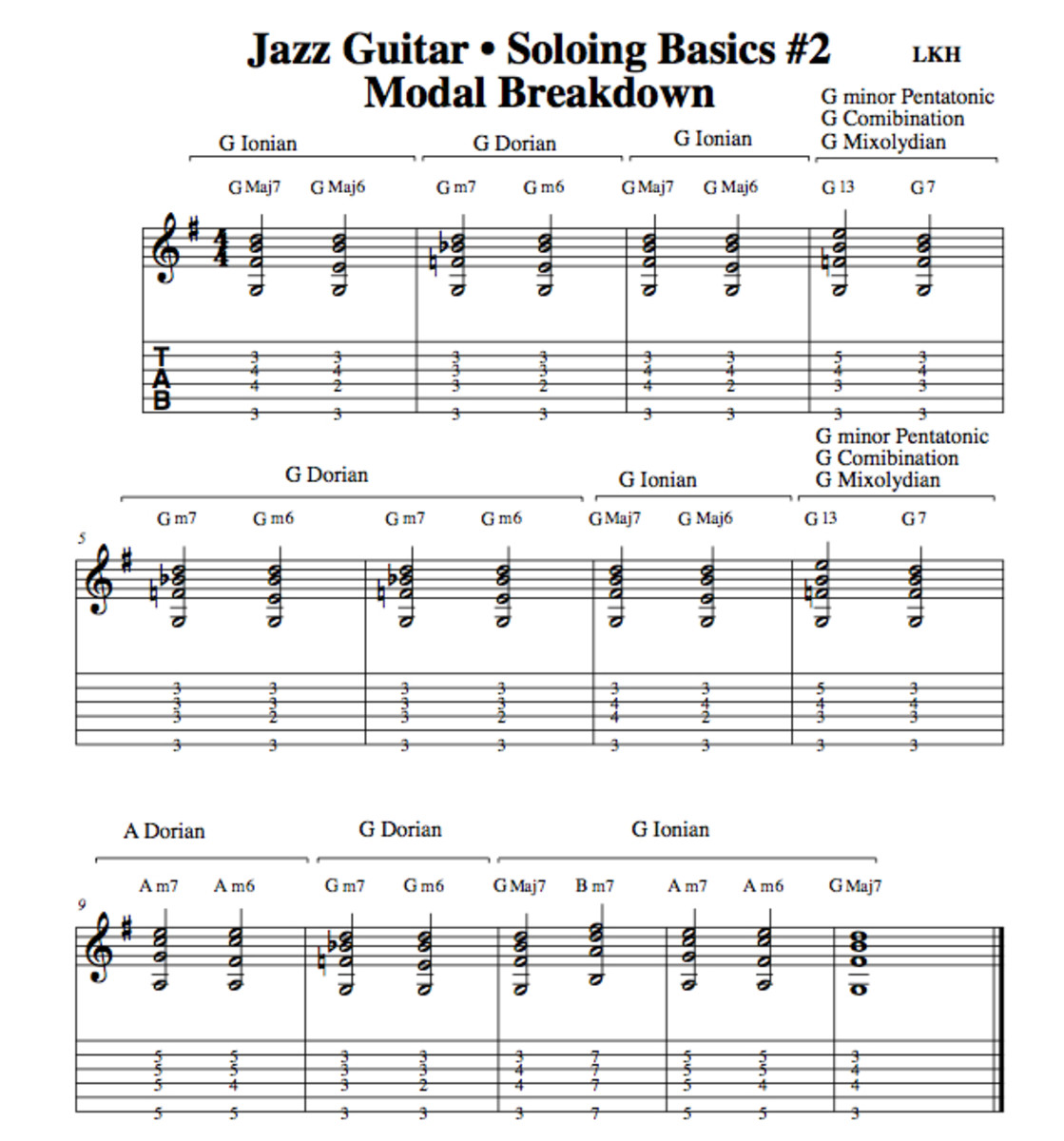

SUMMERTIME (A-7, D7) Sometimes the II -V doesn't resolve to the I.Jazz Standards That Use II-V-I Progressions In this example the minor and the dominant chords are extended with a ninth. It is common to see II-V-I with two chords per measures, generally the ii and the V are played in the same bar. Dm11 instead of Dm7 and G9 in place of G7. The first example uses two basic drop 2 chords (Dm7 and Cmaj7 on the II and I degrees and a G7 drop 3 voicing on the V.

You can find the ii V I progression with two chords per measure. Which makes in the key of C major Dm7 (II), G7 (V) and Cmaj7 (I), three four-note chords built by stacking thirds. It is obvious that the first chord progression to master is the major II-V-I sequence (A.K.A 2 5 1). It is the most used chord progression found in jazz music. The II-V-I cadence contain three basic chords built from the first (I), second (II) and fifth (V) degree of the major scale.Įach degree corresponds to a chord, it means that we will play a minor seventh chord on the degree II, a dominant seventh chord on the degree V and a major seventh chord on the degree I. 120 & 160 BPM.Jazz chord progression # 1 | ii - V7 - I (major) What's the Major ii-V-I Sequence? 2 blues, jazz backing tracks (bass & drums).7 audio files (chord and guitar walking bass studies).1 printable PDF eBook with 11 blues, jazz progressions with tabs and analysis.2 blues, jazz progressions are developed here.ġ8 rhythm patterns to be applied to the previous studies are proposed in this chapter.

This chapter is focused on a really cool comping technique which consists in linking chords together by using bass notes as a bass player would do. (rootless chords, drop 2 chords, extended and inverted chords) through 3 studies. The aim of this chapter is to make evolve the same blues, jazz progression using different chord voicings. The purpose being to hear, play and understand the main blues progressions used in jazz by using three-note and four-note chords (drop 2 and drop 3). This first chapter is about six progressively difficult blues progressions.


 0 kommentar(er)
0 kommentar(er)
